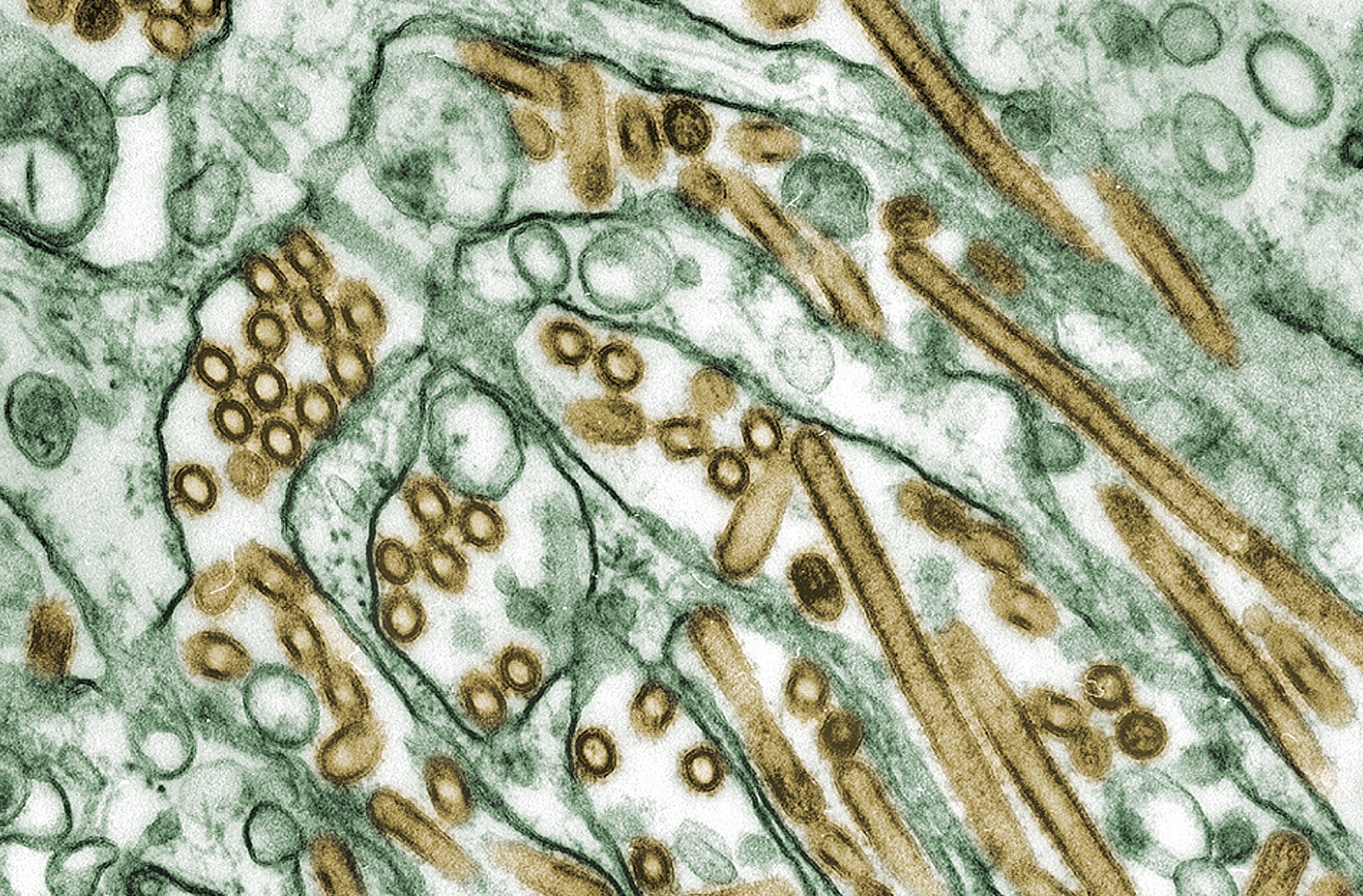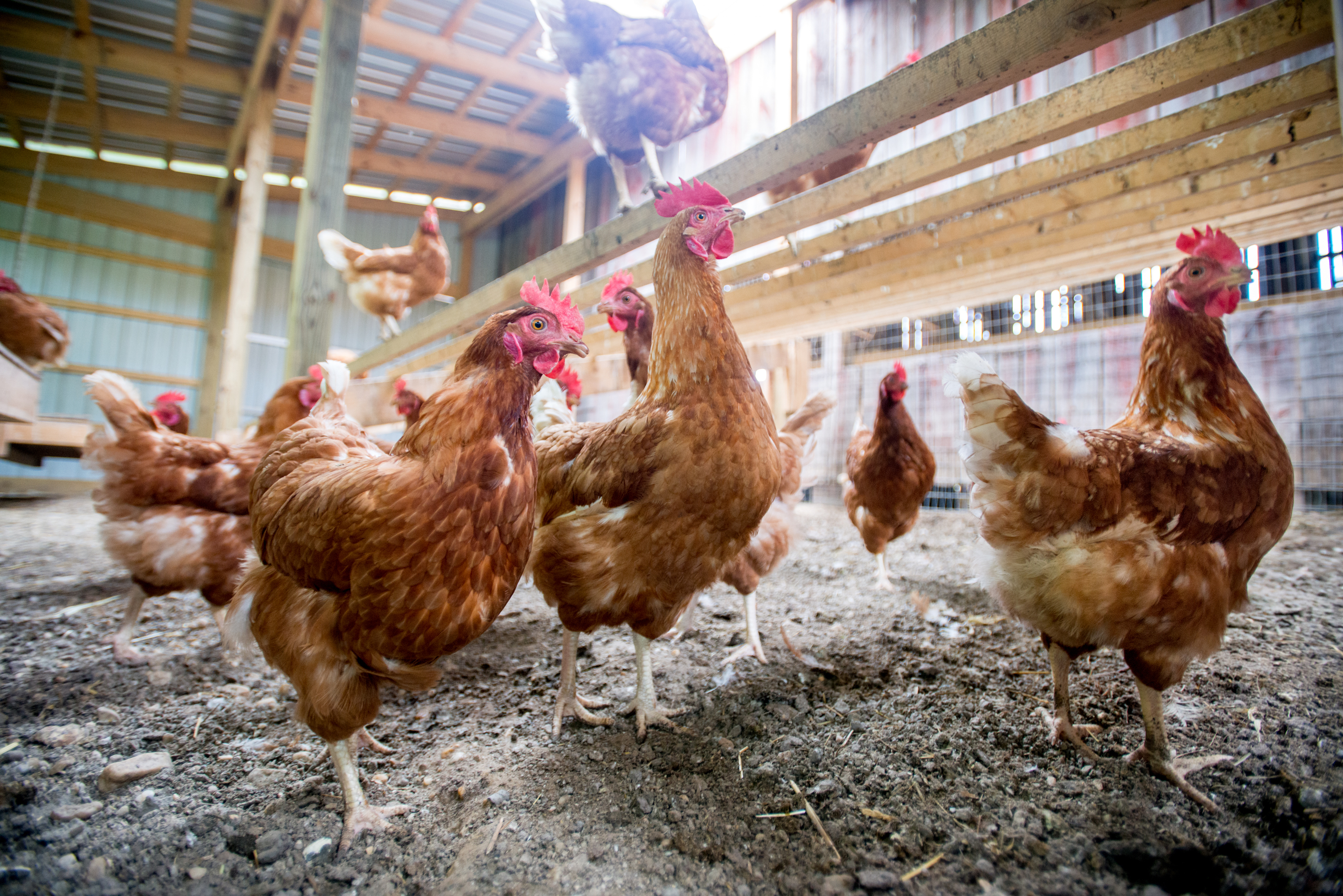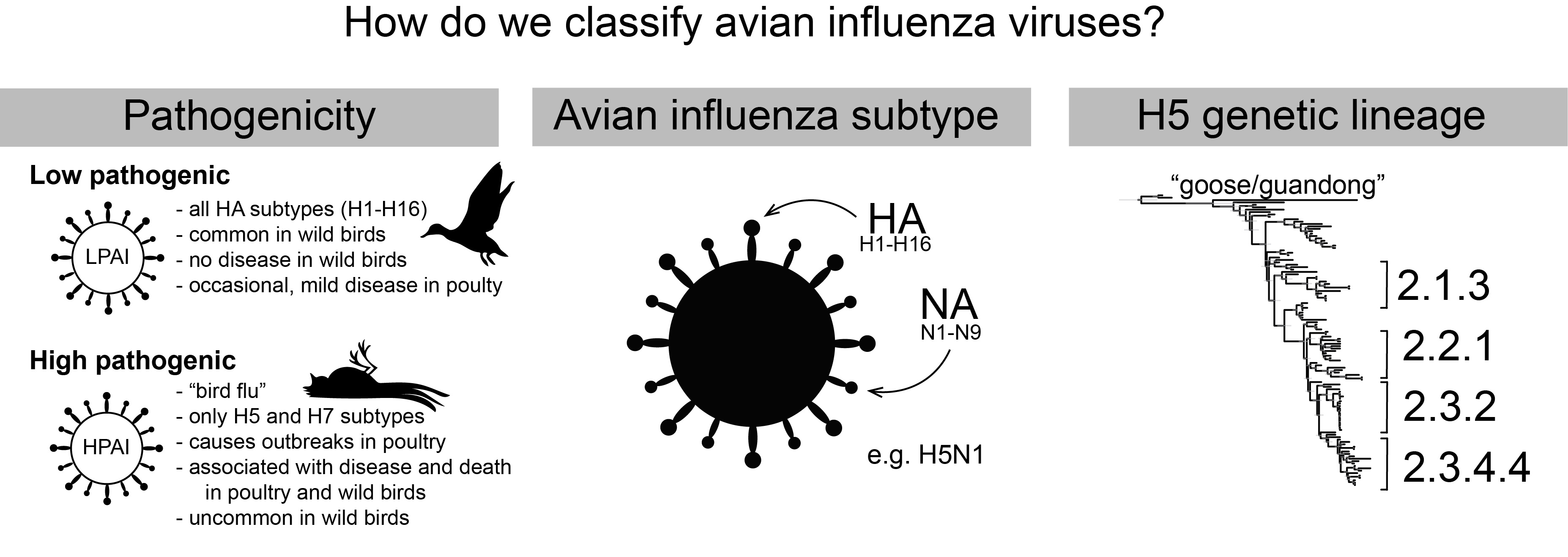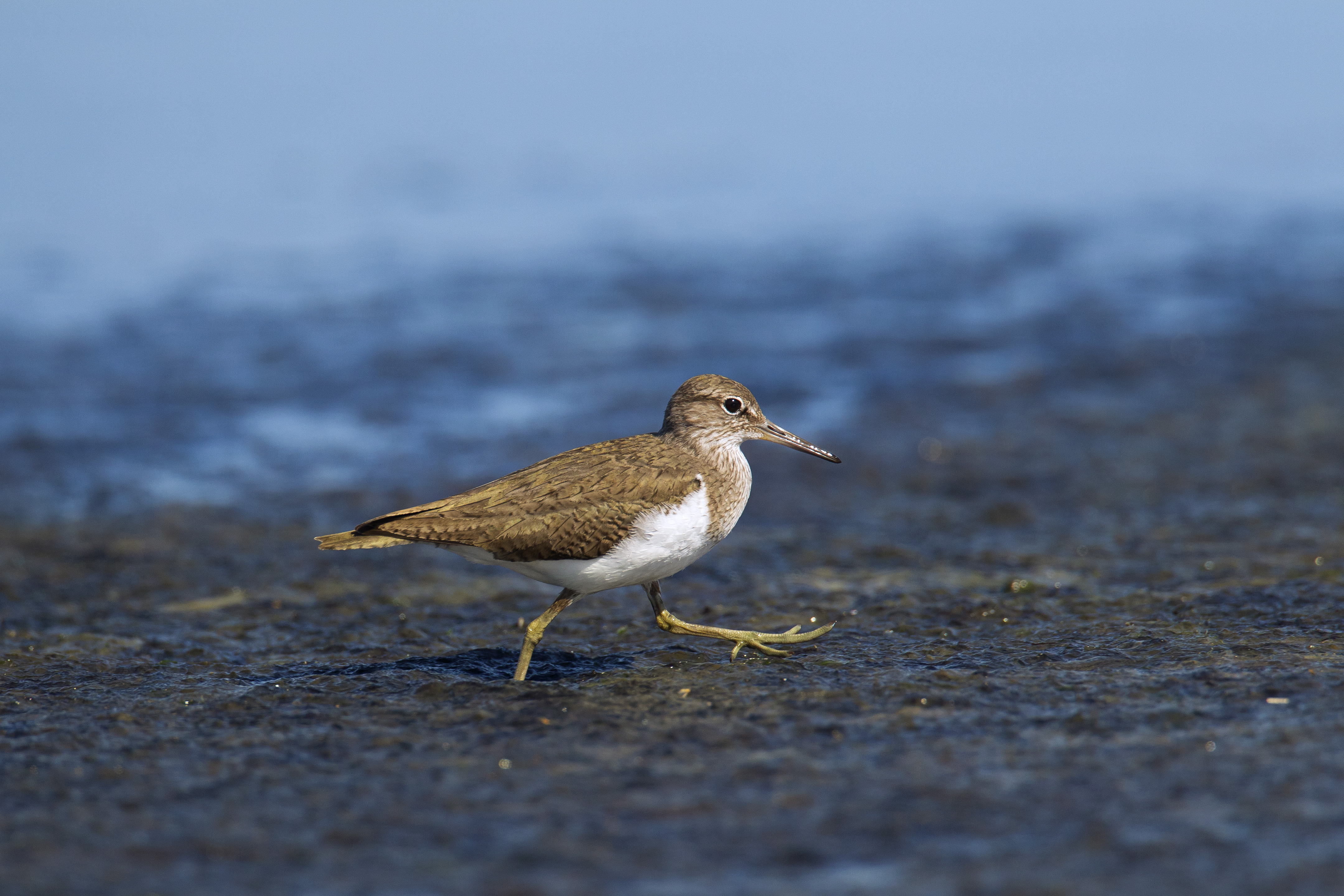
Sciences & Technology
Dengue-blocking mosquitoes here to stay

Outbreaks of avian influenza are accelerating in the Northern Hemisphere, and while the risk to Australia is small, it’s important we monitor the situation closely
Published 24 May 2022
In the last two years, as the world has wrestled with the COVID-19 pandemic, another deadly disease has been gaining momentum among birds – avian influenza.
The scale of current avian influenza outbreaks is unprecedented and accelerating.
Since the start of October 2021, there have been more than 4000 separate outbreaks of avian influenza viruses reported in Africa, North America, Asia and Europe. That’s more than three times the annual average between 2005 and 2019.

Some wild bird populations have been hit by mass death events, while millions of poultry have been culled in an effort to control outbreaks and protect chicken stocks.
For example, 37.55 million poultry have been culled in the US since January this year. Culls of this scale have severe socioeconomic repercussions, not only for the poultry sector itself, but in higher prices for poultry and eggs in many countries.
The rising number of outbreaks is also a concern for humans.
There have been more than 2000 human cases of avian influenza since 2005, although the vast majority of those were due to the H7N9 virus subtype, rather than the H5 subtypes characterising the current outbreaks. The continued spread of H5 subtypes, and the re-emergence of H5N1 in particular, is concerning because of the potential for the virus to jump from birds to humans.

Sciences & Technology
Dengue-blocking mosquitoes here to stay
Between 2003 and 2021 there have been 863 human cases of the H5N1 subtype, resulting in 456 deaths – although there have been very few since 2008.
However, the rate of infection in humans is very low given the billions of poultry and hundreds of thousands of poultry workers and farmers involved. There has also been no human-to-human transmission.
But the situation needs to be closely monitored.
In China last year, there were 33 cases of the H5N6 strain with 11 reported deaths, and as of March this year, there had been 17 cases in China and at least five deaths. Again, there has been no human-human transmission.
Currently only countries including China and Vietnam routinely vaccinate poultry for H5 avian influenza. However, the scale of outbreaks, coinciding with the return of the H5N1 subtype combination, means authorities should be considering mass vaccinating poultry.

As a case in point, in 2017, mass vaccination was used against the H7N9 strain and successfully lowered viral burdens in chickens, dramatically reducing human infections to effectively zero.
The current outbreak highlights the need for ongoing monitoring in Australia given the risk of transmission from migratory wild birds to domestic poultry. The current outbreaks are taking a terrible toll on particular wild bird populations.

Health & Medicine
How our ‘avian athletes’ could spread influenza
For example, up to 10,000 Common Cranes (Grus grus) were found dead in Israel in December, while since November 8000-10,000 Barnacle Geese (Branta leucopsis) are estimated to have died in the United Kingdom.
Recently, hundreds of Dalmatian Pelicans (Pelecanus crispusin) were found dead in Northern Greece.
Since 1976, there have been eight outbreaks of highly pathogenic avian influenza in Australian poultry. A highly pathogenic avian influenza is one that is more deadly to poultry – most strains of avian influenza are low pathogenic in that they cause few signs of disease.
The most recent outbreak of highly pathogenic avian influenza in Australia occurred in 2020 in Victoria, and resulted in the culling of approximately 500,000 poultry.
To date, all previous outbreaks of highly pathogenic avian influenza in Australia were the result local/domestic strains that evolved in Australia, rather than introductions of overseas strains.

To date, all previous outbreaks of highly pathogenic avian influenza in Australia were the result local/domestic strains that evolved in Australia, rather than introductions of overseas strains.
Importantly, the highly pathogenic viruses that have caused outbreaks in Australia previously, which have all been H7 viruses, are different from the highly pathogenic H5 avian influenza viruses that are wreaking havoc overseas.
So, despite the intensity of the ongoing outbreaks overseas, the risk of an incursion and subsequent outbreaks due to highly pathogenic H5 in Australia remains low.

Sciences & Technology
What ancient pollen tells us about future climate change
Australia monitors avian influenza through the National Avian Influenza Wild Bird Program that, since 2005, has collected more than 100,000 samples from wild birds.
In a recent study we published in the journal PLoS Pathogens, we analysed more than 300 genomes of these low pathogenic avian influenza viruses in wild birds to understand how these viruses move between Australia and the rest of the world.
Overall, what we found is that avian influenza viruses move from wild birds in Asia to Australia, circulate here and go extinct here. That is, in the entire dataset, there was only one instance of a virus moving from Australia back to Asia.
Based on the pattern of introductions, we believe that this process is facilitated by shorebirds (also called waders), which are incredible avian athletes, migrating from Siberia to Australia and back each year.

While ducks are important for the spread of avian influenza in Australia, they aren’t likely to be responsible for introducing viruses to Australia – as there are no duck species that migrate between Asia and the Australian-Papuan region.
However, in our analysis, we found that the way the viruses moved within Australia was consistent with the movement of ducks as they use inter-state water basins and disperse widely across the continent in search for water.

Health & Medicine
Penguin viruses in the frozen continent
But while the risk of a highly pathogenic avian influenza virus directly reaching Australia is low, it’s important that we continually monitor the situation.
Our study marks the first time a genomic study of this scale has been undertaken in Australia, and the very first time that all state and territory laboratories have cooperated in providing avian influenza genome data.
Cooperation between States and Territories is so in important as it enables us to get a holistic picture of which avian influenza variants are circulating in the country, and how they’re being introduced.
As I have explained, avian influenza outbreaks, particularly outbreaks of highly pathogenic avian influenza, affect poultry, wild birds and have consequences for humans.
Ongoing collaboration between laboratories will be essential for us to establish a clear picture, and protect against any future, devastating outbreaks.
Banner: A UK government notice warning of an Avian Influenza outbreak on 25th January 2022 in Windsor. Mark Kerrison/In Pictures/Getty Images